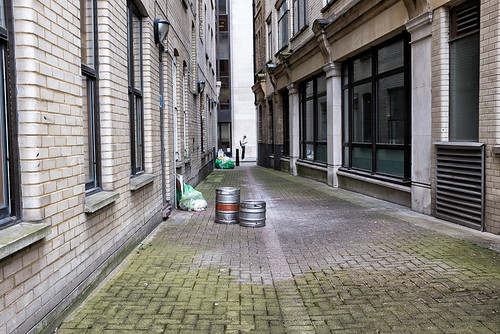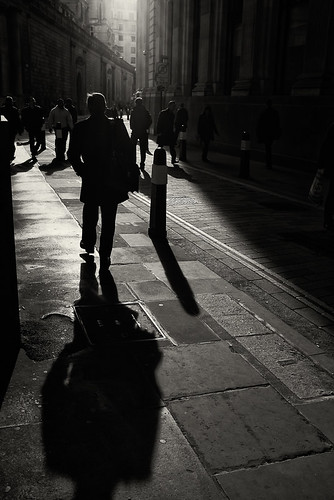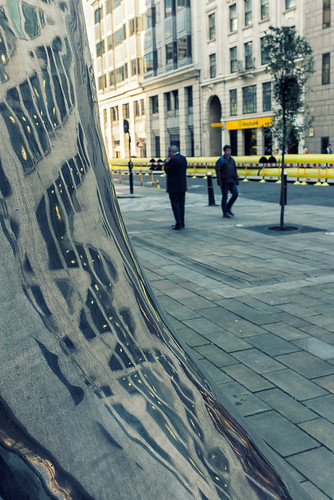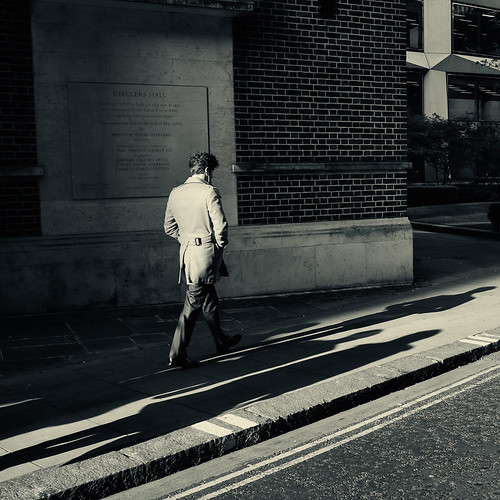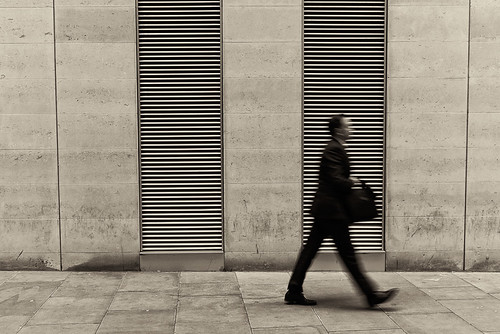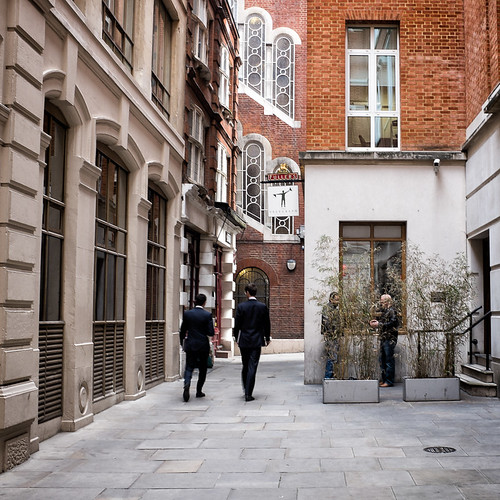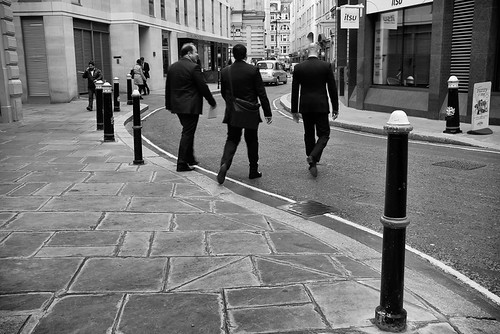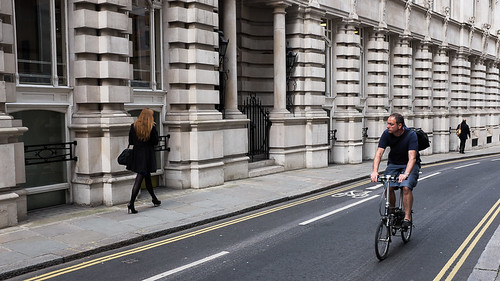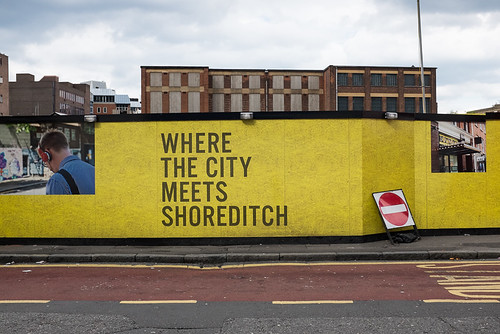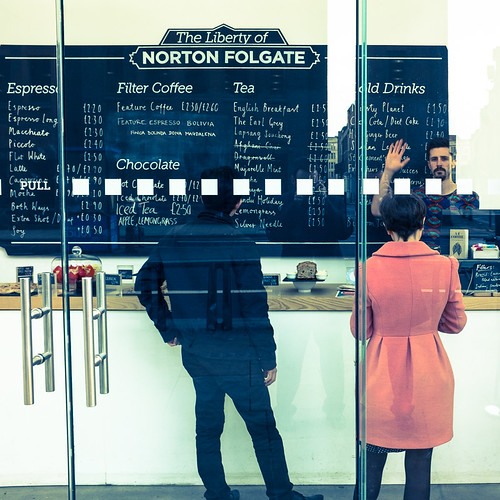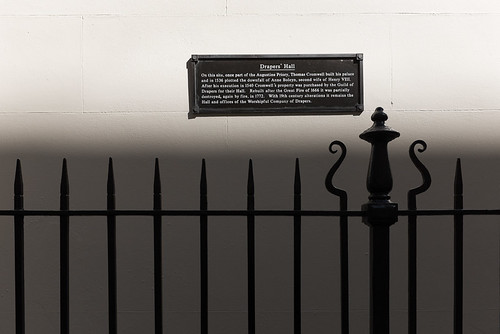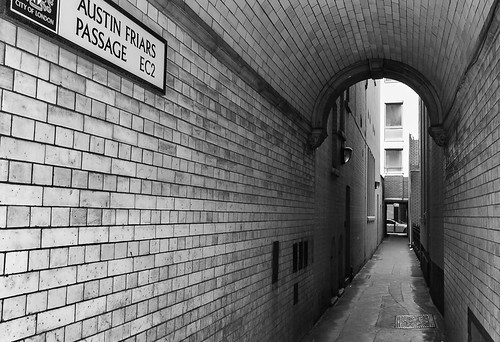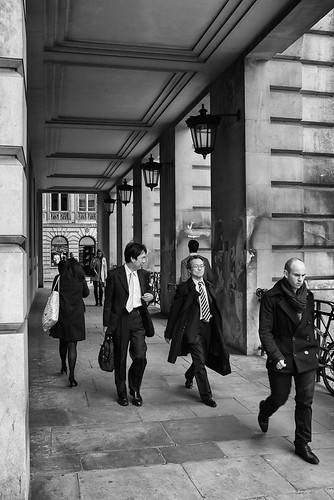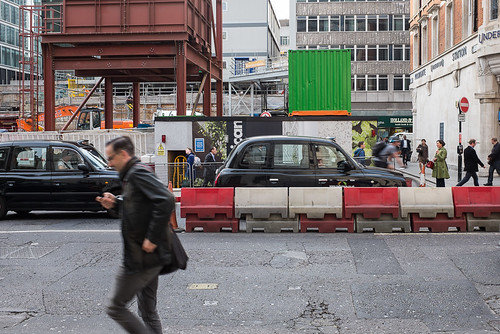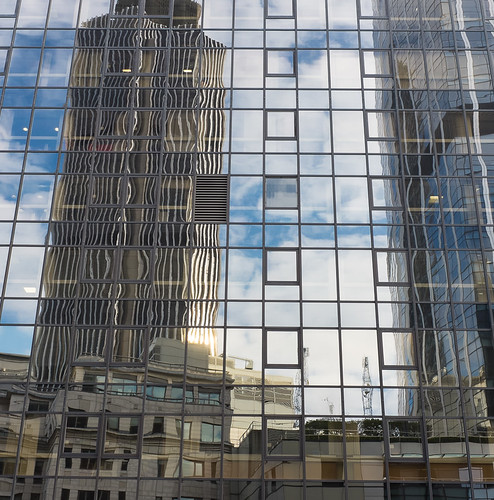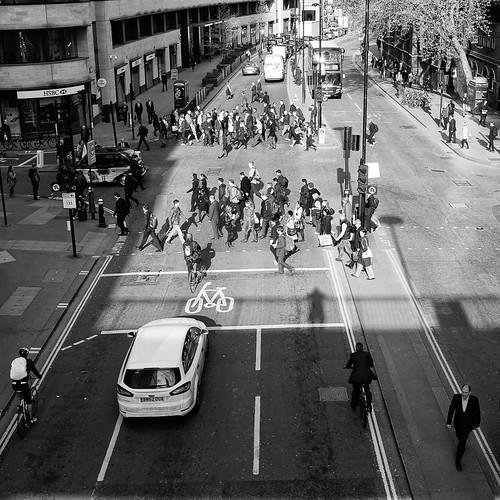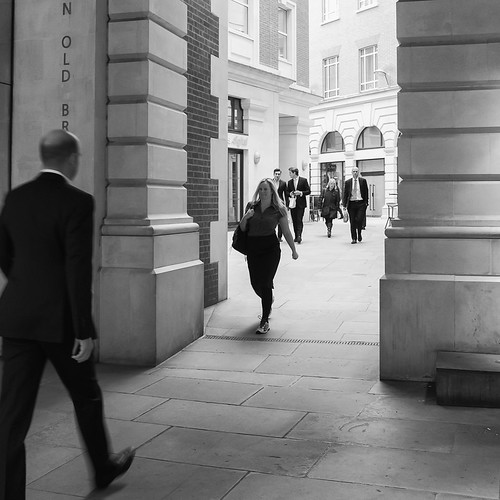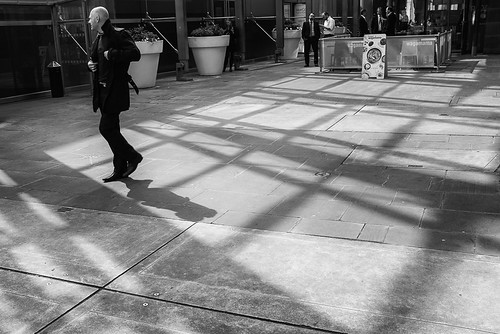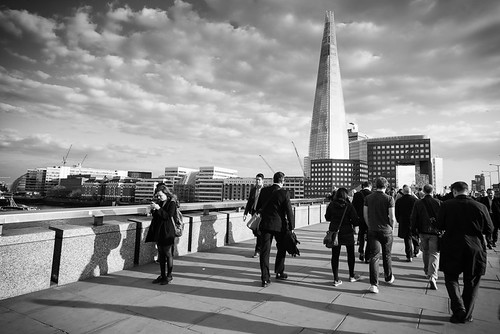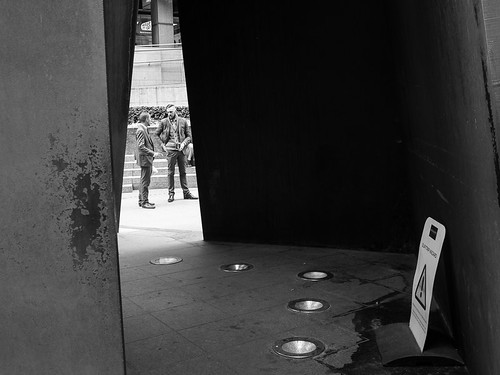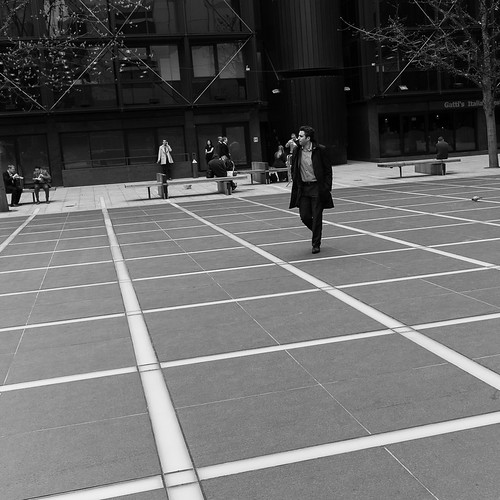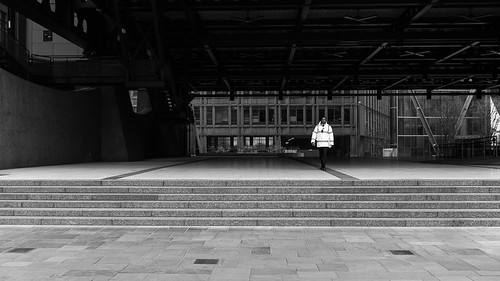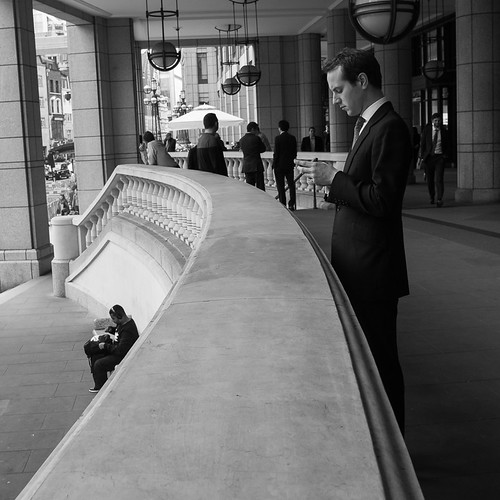I started reading the book, and the character Stuart, who decides to walk every street in greater London, ponders what exactly counts as a street -
"Then he had to decide what he meant as 'street'. His dictionary defined it as a 'paved road (esp. Roman): a a road lined with houses, broader than a lane'. He was immediately suspicious of a definition of street that found it necessary to use the word road, but he obviously intended to walk down roads too. He also intended to walk down roads that weren't necessarily lined with houses. For that matter he intended to walk down lanes too. Alleyways and courtyards, mews and closes, avenues and walks were certainly on his map, as were embankments, bridges and towpaths. On the other hand, there were some paved roads where he didnt intend to walk at all; along stretches of London motorways, for example, through underpasses and road tunnels, along flyovers. "
The RPS have not defined a definition of street for the "Bleeding London" project, but I feel that the above definition works well for me - although the simpler definition I am going by is any such place that has a name plate or could be considered as having an address, and is passable by foot. There may be exceptions that I include, for example the picture below; its a passage between Tokenhouse Yard and Telegraph Street. As far as I can tell it doesn't have a name; however it looked photogenic and I wanted to take a shot of it. I might not be able to submit it to the RPS, but for my project I feel I can bend the rules to include something in, but perhaps not to exclude something.

The area around this passage, on the Telegraph Street side, presented a bit of challenge as there were some very small yards, or sections of road with their own name, that didn't provide a lot of photographic opportunities. Both Copthall Building's and Copthall Close are good examples of this, each only slightly longer than what can be seen in the photographs.
Whilst photographing the almost as small Whalebone Court, I had my first encounter with a Security Guard. I could see her inside a building taking a great interest in what I was doing, so I decided the best thing to do was to go in and introduce myself and explain what I was doing. I ended up chatting to her for about 20 minutes, and she wished me luck with my project.
One of the things I love about the City, is all little alleys and courtyards hidden away from the main roads, especially those with pubs.
Copthall Avenue, a much bigger street, presented a few more opportunities, although I didn't walk its length. I liked the bend in the road here and when three guys approached, it reminded me of Reservoir Dogs for some reason (and I'm still humming one of the tunes from the film now).
Another road off Copthall Avenue is Great Swan Alley, which leads to Moorgate. I managed to catch this guy on the bike ogling the woman on the other side as he cycled by.
Angel Court is another place where there is a lot of redevelopment going on. Parts of Angel Court are closed off, whilst the majority of the remainder is under scaffolding and boards.
Telegraph Street (mentioned above) is very narrow at the end near Copthall Buildings as can be seen below, but gets wider by the Telegraph pub and leads up to Moorgate.
The shots above were taken on my way to Moorgate, as part of my plan to walk to/from different tube stations on my way to work/home, taking pictures along the way. Earlier the same day I had walked from Moorgate, and taken a few pictures, but I was only reasonably happy with this one, taken on Eldon Street.
